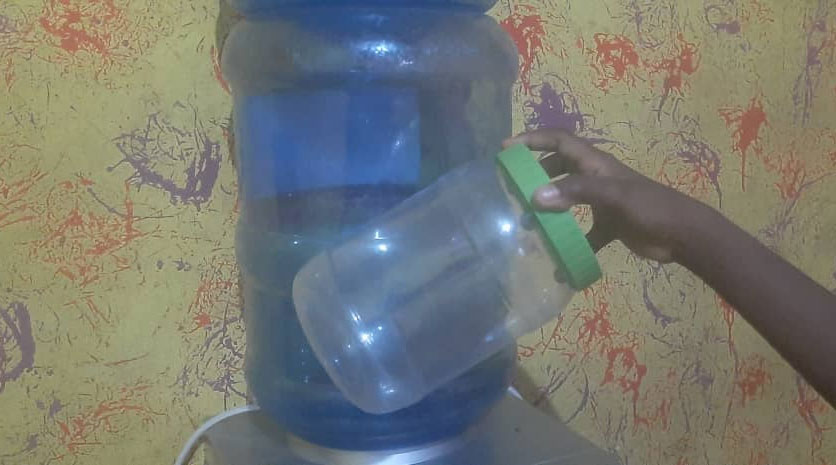Each time you finish a sachet of water or empty a bottled water and throw the container away, chances are it’s heading for the Pacific Ocean. This ocean is the largest and deepest of the world ocean basins. And in this Ocean is the Great Pacific Garbage Patch.
It is an expansive ocean of trash made up of millions of pieces of plastic, from bottle caps to fishing floats.
The following are some facts about the Great Pacific Garbage Patch:
*In 1997, racing boat captain, Charles Moore, was sailing from Hawaii to California in the United States, when he ran into an ocean of trash that would later be known as the Great Pacific Garbage Patch.
HAVE YOU READ:
.Africa is splitting into two
.Nollywood movies: How soap operas help adapt to climate change
.11 movies about mental health

*It’s about 1.6 million square kilometres, or twice the size of Nigeria (923,768 square kilometres) or seven times the size of the United Kingdom, UK, (243,610 square kilometres)
*It’s continually growing in size as the plastic, once trapped, cannot leave. This is because circular ocean currents (gyres) create vortexes that pulls debris inwards.
*About 170 trillion pieces of plastic are in there. And plastic, unlike organic materials, don’t decompose for a looooong time.
*Scientists says 46 different species of organisms are thriving in the Great Pacific Garbage Patch.
*The Atlantic Ocean and Indian Ocean also have patches of trash.
*A huge part of trash, tiny microplastics, in the Great Pacific Garbage Patch is underwater.
*In weight, it’s like 79,000,000kg (79,000 tonnes) or 400 jumbo jets. And have been gathering since the 1960s.
*It would take 67 ships one year just to clean up less than 1 (one) percent of the North Pacific Ocean. How, if attempted, can it be done without sweeping off ocean animals?
Therefore, you might want to look for a trash can or recycle receptacle to put that empty water sachet or water bottle.

